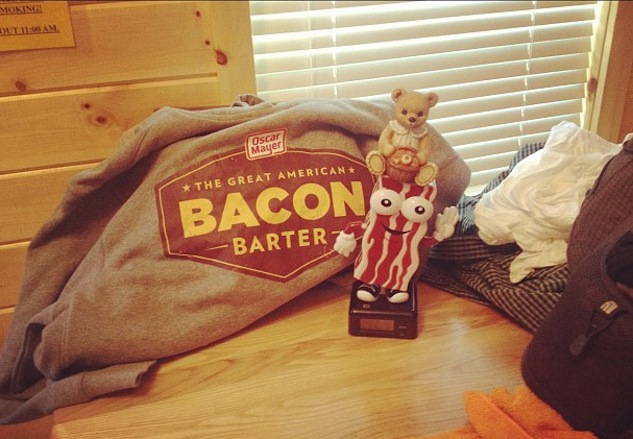Save 50% on a 3-month Digiday+ membership. Ends Dec 12.

Times are changing. The Internet is cluttered with ads all competing for the attention of consumers. In order to stand out from the masses, brands need to start acting like media companies.
Sarah Hofstetter, president of social agency 360i, says that content needs to be part of the marketing mix for brands to stay relevant and constant in today’s world of real-time relevance. But distribution is key and is often overlooked. Distribution is what ensures that a brand’s content gets shared and should play a big role in the branded content strategy.
What’s the role of branded content in an era of real-time relevance?
We have been communicating to our clients that they need to think of themselves as media companies in order to be relevant and constant. Today, brands are competing for time and attention online. There’s all this clutter on the Internet. Creating compelling and well-optimized content will draw a better relationship between the consumer and the brand.
What’s social media’s role here?
It’s interesting. If brands are behaving like media companies, they need to take advantage of social media that can amplify both the content and the conversations happening around it. Social media is an environment all about sharing and conversation. It’s both the megaphone and network through which the content is spread. It’s an added component for editorial endorsement by consumers.
Is your branded content strategy synonymous with your social media strategy?
Not quite. It’s not synonymous. Content needs to be social by design. Brands need to have a plan to spark and optimize the sharing in these channels. For example, Oscar Meyer created a program called the “Great American Bacon Barter.” They had this guy move from New York to Los Angeles without cash or anything, just this truck full of bacon. In order to get gas, food and lodging he’d have to barter bacon. If they had just launched the program with the guy and his truck, only the people in those local markets would know about it. It would have been incredibly local. Social media provided the opportunity to share the local moments. That resulted in the words “Bacon Barter” being tweeted every 60 seconds during the campaign’s run two months ago.
What do you see brands getting wrong with content?
Inserting yourself into conversations where you don’t belong. They think they are like people, and sometimes it’s OK and sometimes it’s not. It’s also really easy to forget that compelling content isn’t always shareable. You need to think about the content, yes, but you also need to think about the distribution so that your content isn’t like a tree falling in the forest.
What are your best practices for content?
Speed. Content will remain timely only for so long. Marketers have to be proactive and reactive quickly. The next is knowing the community and target audience. Listen to what’s being said. Rise with the tides, if you will. Another good idea is when you are creating your content marketing team, make sure they understand content but also the nuances of community. Understand the distribution platforms as much as the content you are creating. There’s plenty of advertising that’s great content. But just because it’s good content does not mean it will be shared. Brands should consider having content managers and community managers partner to provide good content and also good vehicles to get it shared.
More in Marketing

‘We just did the math’: The new baseline for ad tech transparency
Ad execs said the industry is shifting toward a renewed transparency push driven as much by day-to-day operational pressure as by principle.

In Graphic Detail: Here’s what the creator economy is expected to look like in 2026
Digiday has charted its expected revenue, key platforms for creator content as well as what types of creators brands want to work with.

Ulta, Best Buy and Adidas dominate AI holiday shopping mentions
The brands that are seeing the biggest boost from this shift in consumer behavior are some of the biggest retailers.





